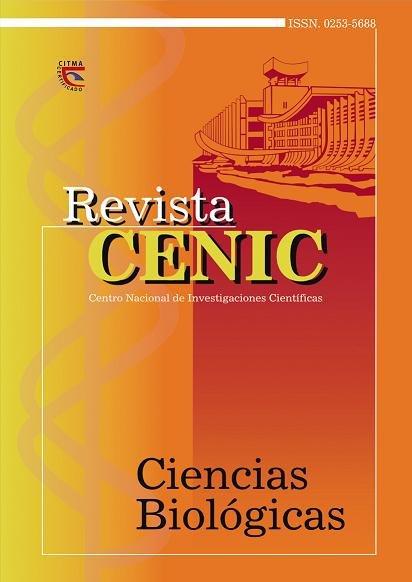Daño inducido en el ADN plasmidial por la radiación mixta de neutrones térmicos + rayos gamma en presencia y ausencia de capturador de radicales libres
Abstract
In this work is quantified the damage in DNA plasmid induced by mixed radiation (thermal neutron and
gamma rays) for first time. For the study was used the pBs KS+ plasmid of 2961 bp in aqueous solution of the 88 ng/μL
with 0, 2 and 20 mmol/L of glycerol which acts as a free radicals scavenger. This plasmid changes its form of supercoiled
to circular when a simple strand break is produced, and passes to a linear form when a double strand break is produced
in the chain. Quantifying the fractions that exist in each of these forms is possible to estimate the effect of radiation on
DNA. The irradiations were carried out in the radial channel # 3 at IEA-R1 research reactor of the Instituto de Pesquisas
Energéticas y Nucleares in Sao Paulo, Brazil. DNA forms were separated by agarose gel electrophoresis. For quantification
the program GelAnalis was used. The values of the fractions of DNA in various forms were plotted as a function of dose
and fitted to exponential and linear functions to obtaining the probabilities of simple and double strand breaks normalized
by dose and molecular mass. The results showed the protective action of free radical scavenger against damage induced
for radiation which corroborates the previous results found with other ionizing radiations. Yields of SSB and DSB will be
of interest for the validation of the different models that attempt to reproduce the experimental results.
Downloads

Downloads
Published
How to Cite
Issue
Section
License

This work is licensed under a Creative Commons Attribution-NonCommercial-ShareAlike 4.0 International License.
Los autores que publican en esta revista están de acuerdo con los siguientes términos:
Los autores conservan los derechos de autor y garantizan a la revista el derecho de ser la primera publicación del trabajo al igual que licenciado bajo una Creative Commons Atribución-NoComercial-CompartirIgual 4.0 Internacional que permite a otros compartir el trabajo con un reconocimiento de la autoría del trabajo y la publicación inicial en esta revista.
Los autores pueden establecer por separado acuerdos adicionales para la distribución no exclusiva de la versión de la obra publicada en la revista (por ejemplo, situarlo en un repositorio institucional o publicarlo en un libro), con un reconocimiento de su publicación inicial en esta revista.
Se permite y se anima a los autores a difundir sus trabajos electrónicamente (por ejemplo, en repositorios institucionales o en su propio sitio web) antes y durante el proceso de envío, ya que puede dar lugar a intercambios productivos, así como a una citación más temprana y mayor de los trabajos publicados (Véase The Effect of Open Access) (en inglés).














